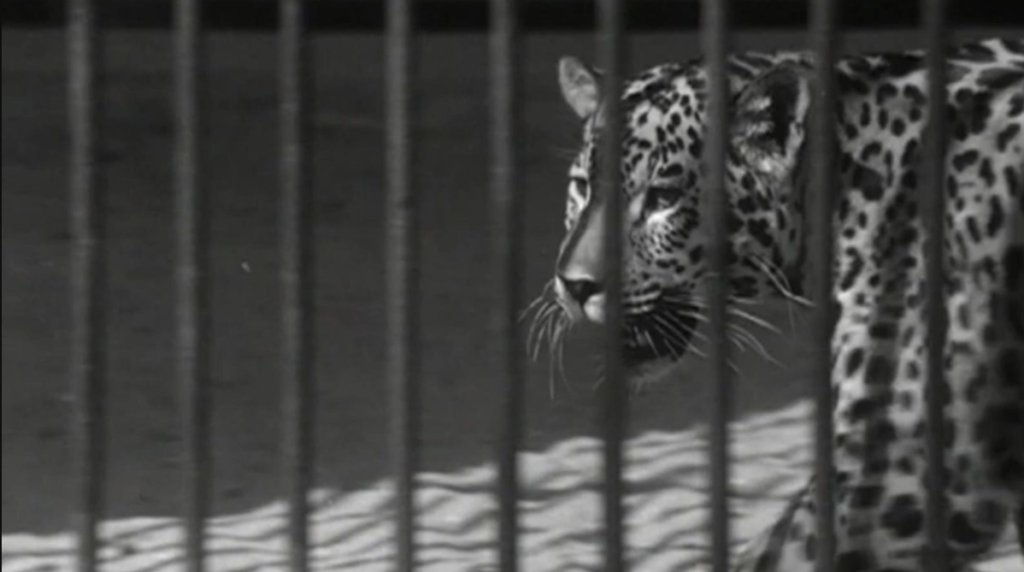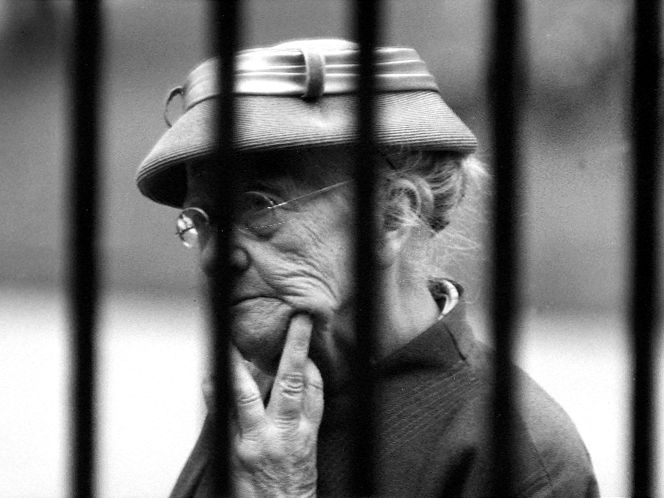One of the most celebrated documentary makers of all time, Bert Haanstra relies heavily on the use of music and montage to elevate his visual storytelling. Through a harmonious marriage of these cinematic techniques, “Zoo” transcends the boundaries of traditional documentary filmmaking, transforming a simple zoo into a stage for a captivating and multifaceted symphony of life.
“Zoo” commences with a whimsical and inviting musical score that welcomes the audience into the captivating world of animals. This introductory score is a prelude to an enchanting journey, inviting viewers to embark on an exploration of the unique interactions between zoo animals and human visitors.
As the film progresses, the music evolves in tandem with the shifting scenes. This dynamic use of music mirrors the spectrum of emotions and behaviours exhibited by the zoo’s inhabitants, both animal and human, effectively engaging the audience on multiple levels.

The music in “Zoo” not only serves as a sonic backdrop but also as a narrative device. It punctuates pivotal moments in the film, enhancing the storytelling. The score underlines the basic instincts that are shared by all members of the animal kingdom – hunger, curiosity, and the love for a good nap after a hearty lunch; we humans are no different.
In “Zoo,” Bert Haanstra’s expertise in montage is evident in his ability to craft a visual narrative that is both captivating and thought-provoking. The montage is the heartbeat of the film, orchestrating the flow of scenes and connecting disparate elements into a cohesive whole.

One of the most striking aspects of “Zoo” is Haanstra’s observational approach to montage. The film unfolds as a series of vignettes, each capturing a candid and often humorous interaction between zoo animals and human visitors. These sequences are meticulously edited to convey the charm, curiosity, and occasional absurdity of these encounters. The juxtaposition of these moments creates a multi-layered narrative that engages the viewer’s intellect and emotions.
Haanstra uses repetition to underscore the film’s central themes. The recurrence of certain behaviours and interactions between animals and visitors becomes a visual motif. This repetition serves as a reminder of the enduring connection between humans and the natural world.
In “Zoo,” Bert Haanstra demonstrates a profound understanding of the synergy between music and montage required for cinematic storytelling. The film invites the audience to contemplate the complexities of human animal interactions, prompting reflection on the intersection of curiosity, humour, and the inherent connection between humans and the natural world

